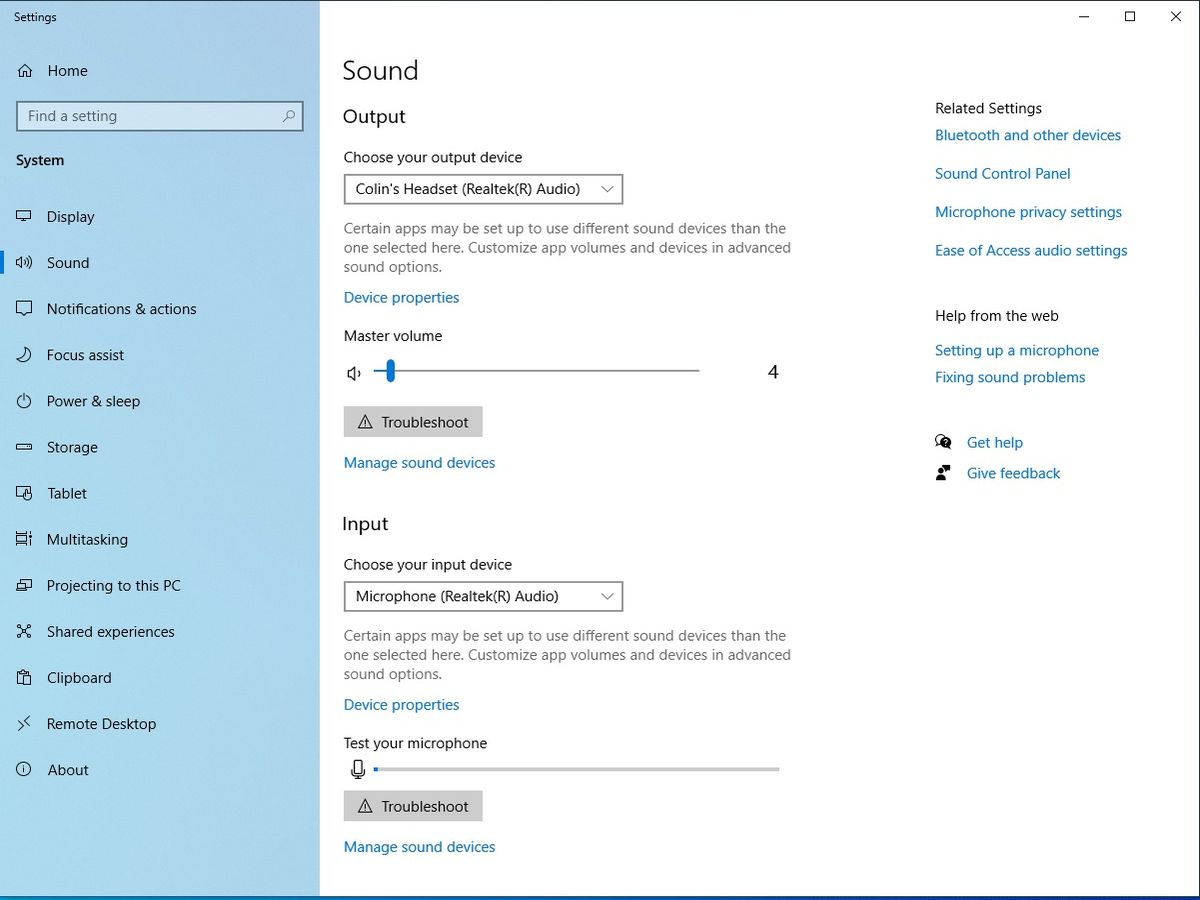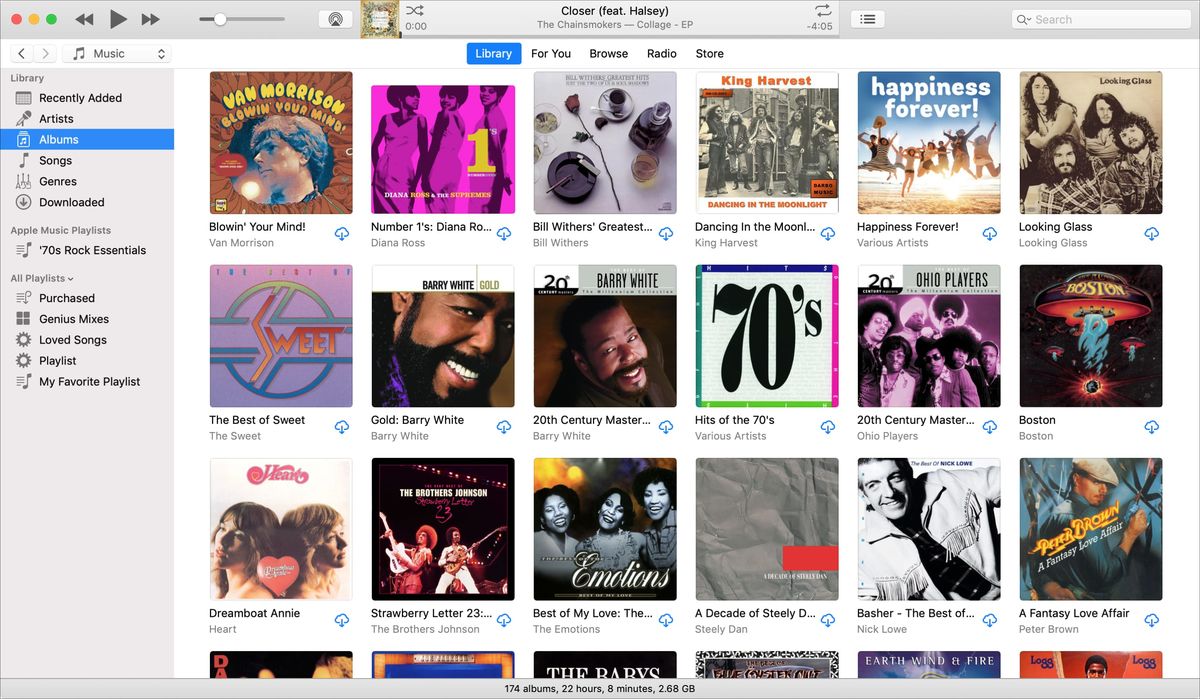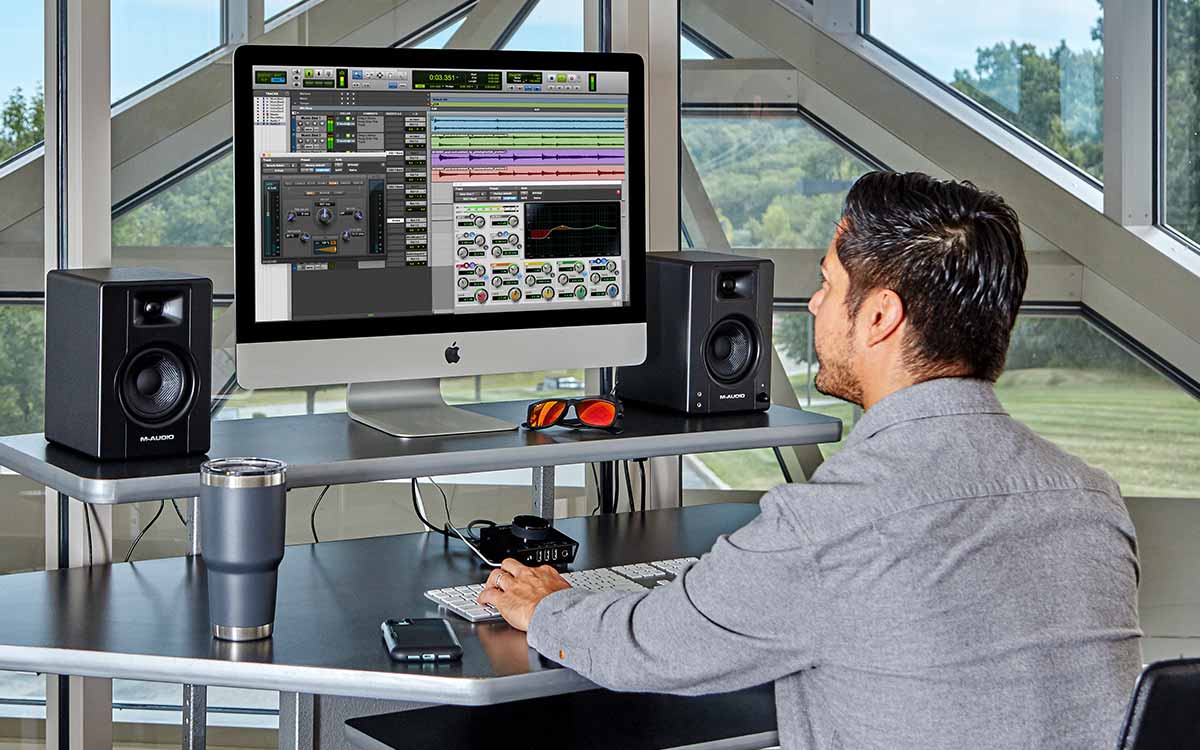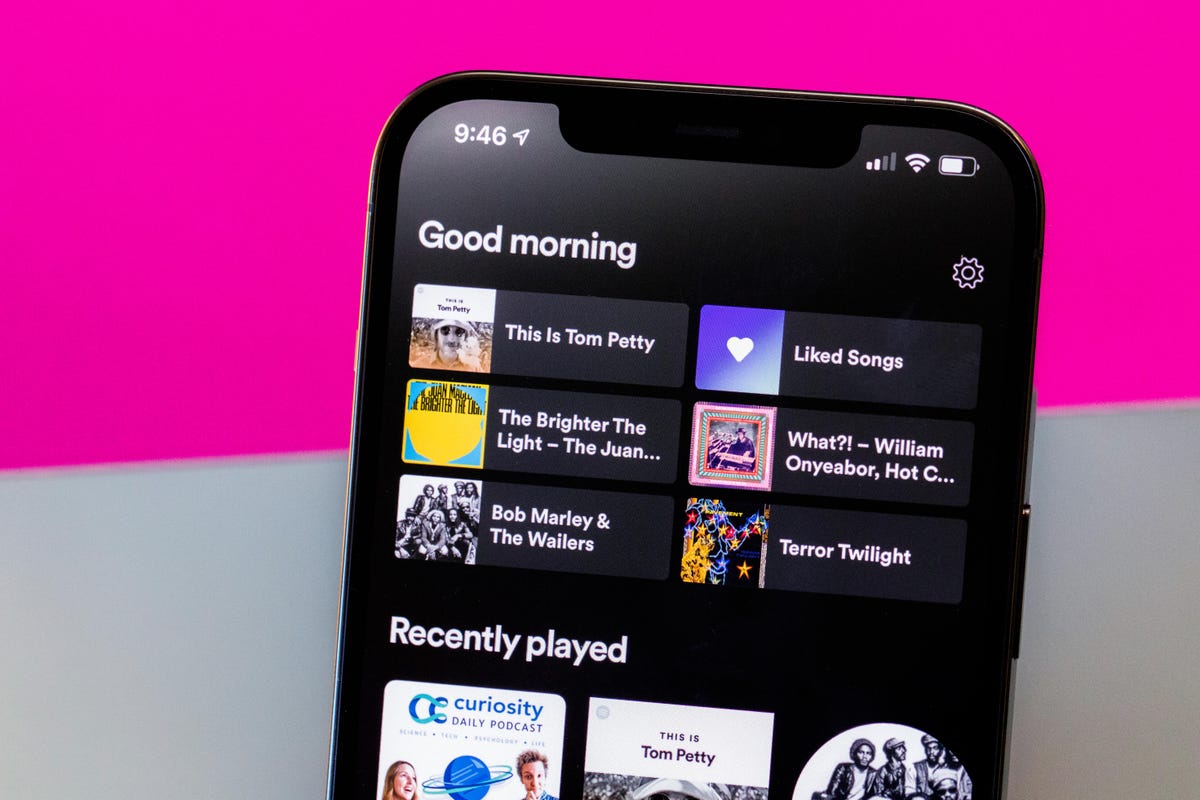Home>Events & Info>Playback>What Is Playback Rate
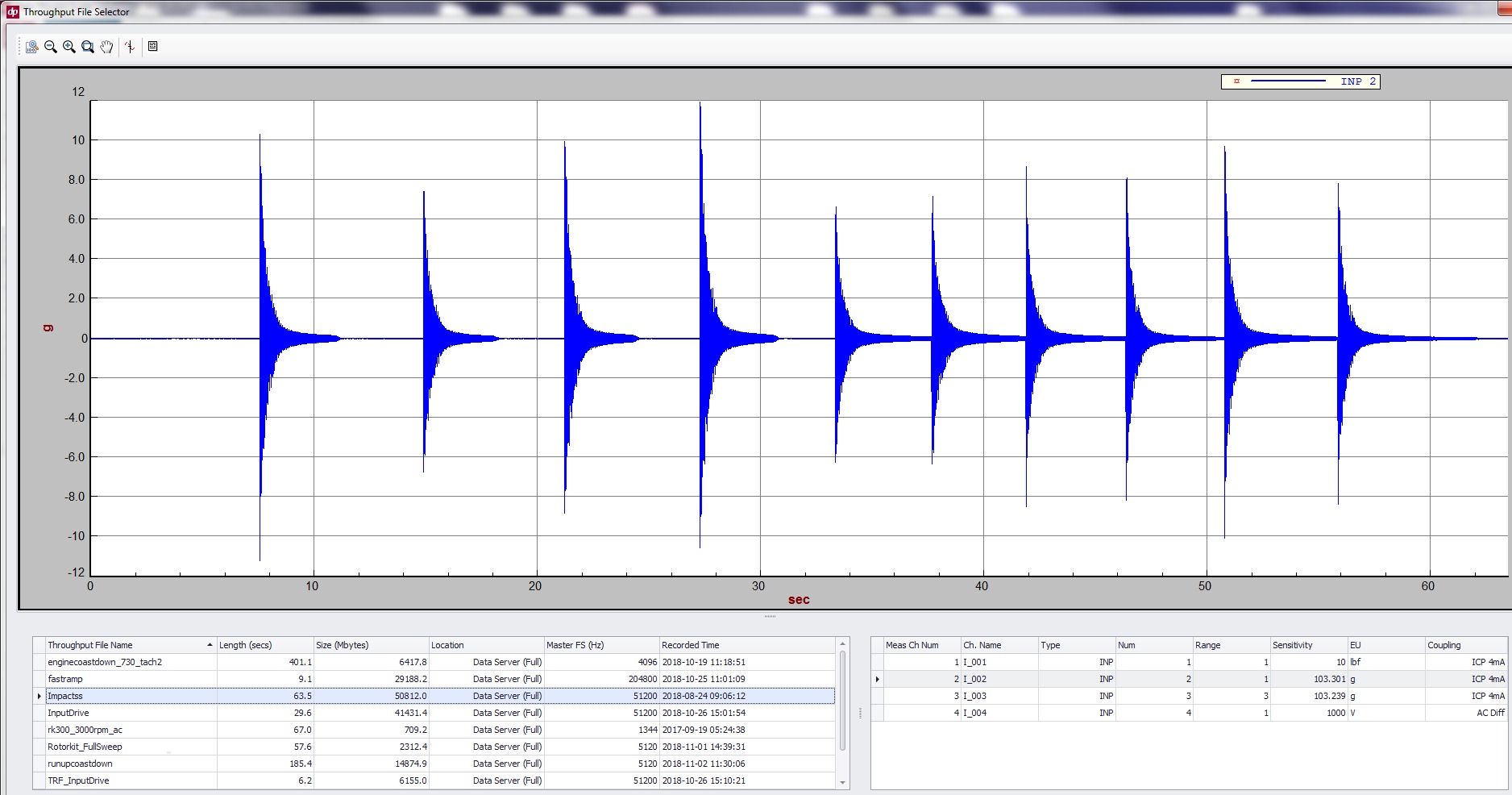

Playback
What Is Playback Rate
Modified: January 22, 2024
Discover the benefits of adjusting the playback rate of your favorite videos. Increase or decrease the speed with the playback feature for a personalized viewing experience.
(Many of the links in this article redirect to a specific reviewed product. Your purchase of these products through affiliate links helps to generate commission for AudioLover.com, at no extra cost. Learn more)
Table of Contents
Introduction
Playback rate refers to the speed at which audio or video content is played back. It allows users to adjust the tempo of media files, either by slowing them down or speeding them up. While this feature may seem simple, it is incredibly versatile and useful in a variety of contexts.
With the advent of digital media and the widespread availability of streaming platforms, the ability to control playback rate has become more accessible and prevalent than ever before. Whether you’re watching a movie, listening to a podcast, or studying a lecture, the option to adjust playback rate can greatly enhance the overall experience.
The concept of playback rate is not limited to just entertainment or educational purposes. It has also found significant utility in fields such as transcription, language learning, and even physical exercise. By altering the playback speed, individuals can comfortably consume content according to their specific needs and preferences.
In this article, we will delve deeper into the concept of playback rate. We will explore its definition, the effects it has on audio and video content, its common uses, how to adjust it, and the advantages and disadvantages of changing playback rate. By the end, you’ll have a comprehensive understanding of this feature and its potential applications.
Definition of Playback Rate
Playback rate is the speed at which audio or video content is played back. It signifies how fast or slow the media file is being presented to the viewer or listener. The playback rate is typically represented as a ratio or a percentage relative to the original speed.
When the playback rate is set to 1x or 100%, it means that the media is playing at its original speed. This is considered the standard playback rate. However, users have the option to adjust the rate higher or lower, depending on their preference and requirements.
When the playback rate is set to a value less than 1x or a percentage lower than 100%, the content is played back at a slower speed. This can be useful for tasks such as transcribing audio or video recordings, as slowing down the playback rate allows for better comprehension and understanding of the content.
Conversely, when the playback rate is set to a value greater than 1x or a percentage higher than 100%, the content is played back at a faster speed. This can be advantageous for quickly skimming through lengthy videos or podcasts, or for individuals who are accustomed to consuming information at an accelerated pace.
It is important to note that adjusting the playback rate does not alter the pitch or tone of the audio or video. The software or media player performs a process known as time stretching, which maintains the original pitch while altering the playback speed. This ensures that the content remains intelligible and recognizable, regardless of the chosen playback rate.
The ability to control playback rate is not limited to just video and audio playback on devices; it has also extended to online streaming platforms. Many popular platforms such as YouTube, Netflix, and Spotify now provide playback rate options to enhance the user experience and cater to individual preferences.
Now that we understand the definition of playback rate, let’s explore the effects it has on audio and video content in the next section.
Effects of Playback Rate on Audio and Video
Adjusting the playback rate of audio and video content can have various effects on the listening and viewing experience. By altering the speed at which the media is played back, users can either enhance or diminish certain aspects of the content.
When the playback rate is decreased, slowing down the content, several effects come into play. First and foremost, it allows for better comprehension, especially when dealing with complex or fast-paced material. Slowing down the playback rate gives listeners more time to process the information, making it easier to follow along and understand the content.
Moreover, slowing down the playback rate can be beneficial for language learners. It allows them to listen to speech or dialogue at a more manageable pace, helping them pick up on words and pronunciation more effectively. Additionally, it can aid in transcribing audio or video recordings, enabling accurate and efficient transcription of the content.
On the other hand, increasing the playback rate, playing the content faster, can have its own set of effects. When watching videos or listening to audio at an accelerated pace, users can save time, as they can consume the content more quickly. This can be advantageous when trying to skim through lengthy lectures, presentations, or podcasts to extract key information.
However, it’s important to note that increasing the playback rate too much can result in a loss of comprehension and nuance. The content may become challenging to follow, especially if it contains intricate details or complex concepts. Therefore, choosing a suitable playback rate that balances speed and understanding is crucial.
Another aspect to consider is the effect of playback rate on music. Changing the tempo, or playback speed, of a song significantly alters the listening experience. Slowing down a song can bring out and enhance its melody and lyrics, making it easier to appreciate the nuances of the music. Conversely, speeding up a song can create a more energetic and lively atmosphere, ideal for activities like workouts or dance routines.
In summary, adjusting the playback rate of audio and video content can have a profound impact on the experience of the viewer or listener. Slowing down the rate improves comprehension, aids in language learning, and facilitates transcription. Increasing the playback rate allows for time savings and faster consumption of the content. However, it’s essential to strike a balance between speed and understanding to ensure an optimal experience.
Common Uses of Playback Rate
The ability to adjust playback rate has found a wide range of practical applications in various fields. Let’s explore some of the most common uses of this feature:
- Transcription: Playback rate is a valuable tool for transcribers. By slowing down the audio or video playback, transcribers can better capture and transcribe the content accurately. This is especially helpful when dealing with recordings that may contain fast speech or technical terminology.
- Language Learning: Adjusting the playback rate is beneficial for language learners. Slowing down audio dialogues or language tutorials can aid in better comprehension and pronunciation practice. Learners can carefully listen to the words and phrases at a manageable speed, helping them grasp the subtleties of the language.
- Reviewing Lectures and Presentations: When reviewing recorded lectures or presentations, increasing the playback rate can help save time without sacrificing comprehension. Listening to the content at an accelerated speed allows viewers to quickly skim through the material to identify key points or review specific sections.
- Auditory Accessibility: Some individuals with hearing impairments may find it challenging to comprehend audio content at its original speed. By adjusting the playback rate, they can slow down the content to a pace that is more comfortable for them to understand, making audio-based information more accessible.
- Efficient Content Consumption: In an era where the volume of content is vast, increasing the playback rate enables users to consume more information in less time. This can be particularly useful when trying to watch or listen to a large number of videos or podcasts within limited time constraints.
- Physical Exercise: Sped-up audio content, such as energetic music or workout routines, can be conducive to physical exercise. Increasing the playback rate creates a faster tempo, providing motivation and a sense of energy during workouts or dance routines.
These are just a few examples of the many practical applications of adjusting the playback rate. The versatility of this feature allows for customization, making it a valuable tool in multiple scenarios and industries.
Adjusting Playback Rate
Adjusting the playback rate of audio and video content can typically be done through media players or streaming platforms. The specific steps may vary depending on the software or platform being used, but the general process remains similar. Here are the common methods for adjusting the playback rate:
- Media Players: Most media players, such as VLC Media Player or Windows Media Player, offer options to adjust the playback rate. Typically, you can find this feature in the settings or controls section of the media player. It might be represented as a playback speed slider or a numerical value that can be increased or decreased.
- Streaming Platforms: Popular streaming platforms like YouTube, Netflix, and Spotify have incorporated playback rate controls into their interfaces. Usually, you can find this feature by clicking on the settings or gear icon within the video or audio player. From there, you can select different playback rate options, ranging from slower to faster speeds.
- Keyboard Shortcuts: Some media players allow users to adjust the playback rate using keyboard shortcuts. For example, pressing the “+” key can increase the speed, while pressing the “-” key can decrease it. These shortcuts provide a quick and convenient way to modify the playback rate without accessing any additional menus.
- Browser Extensions: Another option is to use browser extensions specifically designed for adjusting playback rate. These extensions can be installed in web browsers like Chrome or Firefox and provide more control over the playback rate of online audio and video content. They often allow users to set custom playback rates and provide additional features.
It’s important to note that not all media players or streaming platforms support adjustable playback rates. Therefore, it’s essential to check the capabilities of the software or platform you are using before attempting to modify the playback speed.
Once you have accessed the playback rate settings, you can experiment with different speeds to find the one that suits your needs. Whether you want to slow down the content for better comprehension or speed it up for efficiency, adjusting the playback rate gives you the flexibility to tailor the experience to your preferences.
Remember to strike a balance between speed and comprehension. While increasing the playback rate may save time, it’s important to ensure that the content remains understandable and enjoyable.
Now that we’ve discussed how to adjust the playback rate, let’s explore the advantages and disadvantages of changing the playback speed in the next section.
Advantages and Disadvantages of Changing Playback Rate
Adjusting the playback rate of audio and video content offers several advantages and disadvantages. Understanding these can help you decide when and how to use this feature effectively. Let’s explore the benefits and drawbacks of changing the playback rate:
Advantages:
- Flexibility and Customization: Changing the playback rate gives you the ability to customize the listening or viewing experience according to your preferences. Whether you need to slow down the content for better comprehension or speed it up to save time, adjusting the playback rate provides flexibility.
- Improved Comprehension: Slowing down the playback rate can greatly enhance comprehension, allowing you to better understand and absorb the content. This can be beneficial for language learners, transcribers, or individuals dealing with complex or fast-paced material.
- Time Savings: Increasing the playback rate allows you to consume content more quickly, enabling you to save time. This can be advantageous when trying to review multiple lectures or presentations in a limited timeframe, or when skimming through lengthy videos or podcasts.
- Language Learning: Adjusting the playback rate can aid language learners in improving their listening skills. Slowing down dialogues or language tutorials allows learners to catch pronunciation nuances and understand the language more effectively.
- Physical Exercise: Increasing the playback rate of energetic music or workout routines can enhance motivation during physical exercise. The faster tempo can create an energetic atmosphere, making workouts or dance routines more enjoyable.
Disadvantages:
- Loss of Comprehension: Increasing the playback rate too much can lead to a loss of comprehension. Content played at extremely fast speeds may become difficult to follow, especially if it contains intricate details or complex concepts.
- Artificial Sound: Changing the playback rate can alter the natural sound of the content. At slower speeds, voices and sounds may become distorted, while at higher speeds, they can sound unnaturally rushed or high-pitched.
- Missed Details: Playing content at faster speeds may result in missed details, as some nuances or subtle elements of the audio or video may be overlooked or not fully appreciated.
- Compatibility: Not all media players or streaming platforms support adjustable playback rates. This means that the option to modify the speed may not be available on certain platforms or devices.
It’s important to strike a balance when changing the playback rate to ensure that comprehension is not compromised and that the content remains enjoyable. Experimenting with different speeds and paying attention to personal preferences and comprehension levels will help you find the optimal playback rate for each situation.
By weighing the advantages and disadvantages, you can make informed decisions about when and how to adjust the playback rate to maximize your listening or viewing experience.
Conclusion
The ability to adjust playback rate has become a valuable tool in the world of audio and video content consumption. Whether it’s slowing down to better comprehend complex material, speeding up to save time, or customizing the experience to suit individual preferences, the playback rate offers versatility and flexibility.
By slowing down the playback rate, listeners and viewers can improve comprehension, making it especially beneficial for tasks like language learning and transcription. It allows for a more in-depth understanding of the content while maintaining the original pitch. Conversely, increasing the playback rate can save time and provide a more efficient way of consuming large amounts of information.
However, it’s important to find a balance between speed and comprehension. Playing content at extremely fast speeds may result in a loss of understanding and missed details. Additionally, not all media players or streaming platforms support adjustable playback rates, limiting the availability of this feature in certain contexts.
In conclusion, adjusting the playback rate gives users control over their audio and video consumption, enabling them to tailor the experience to their needs and preferences. It has diverse applications, from transcribing audio to language learning, reviewing lectures, and even enhancing physical exercise. The advantages of customization and improved comprehension must be weighed against the potential disadvantages of reduced sound quality and missed details.
As technology continues to evolve, the ability to adjust playback rate will likely become even more prominent. This feature empowers users to have a more personalized and efficient media consumption experience, adapting the pace of content to their own unique requirements.

